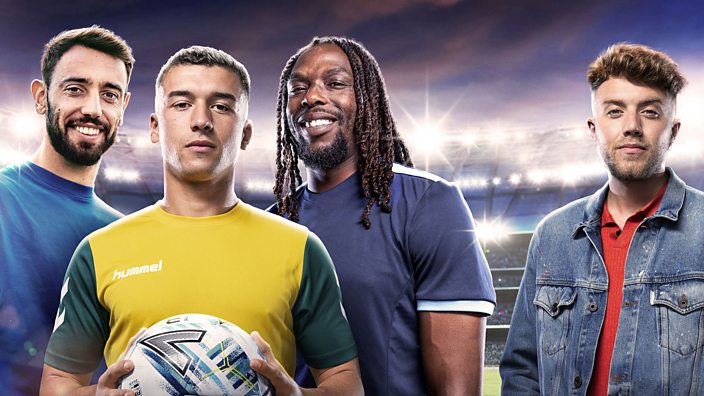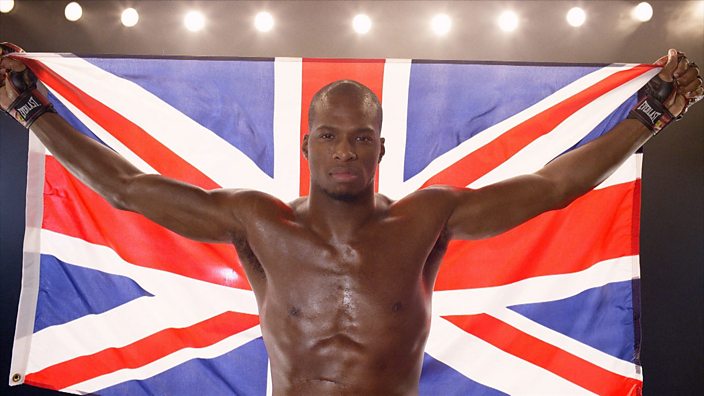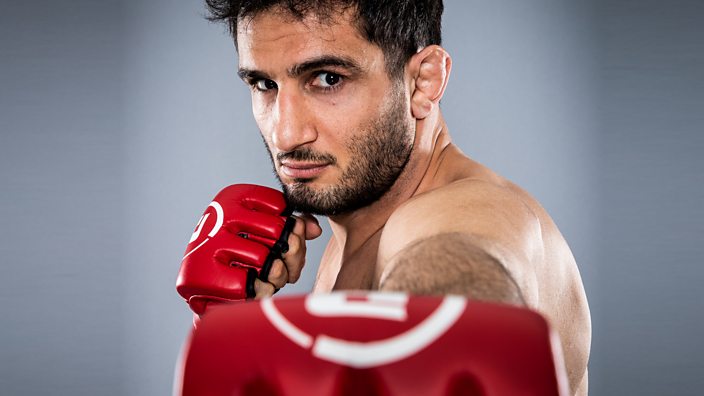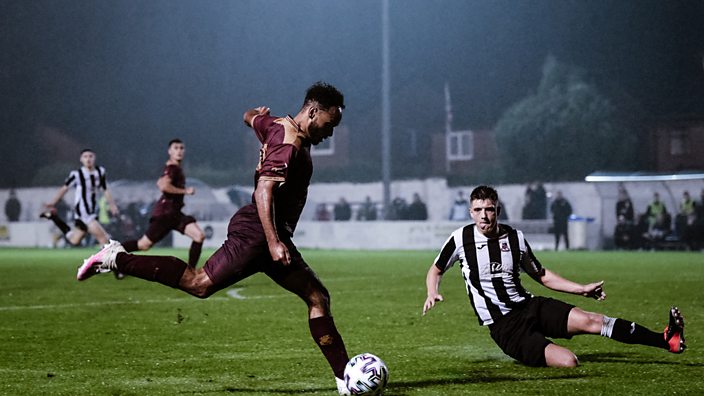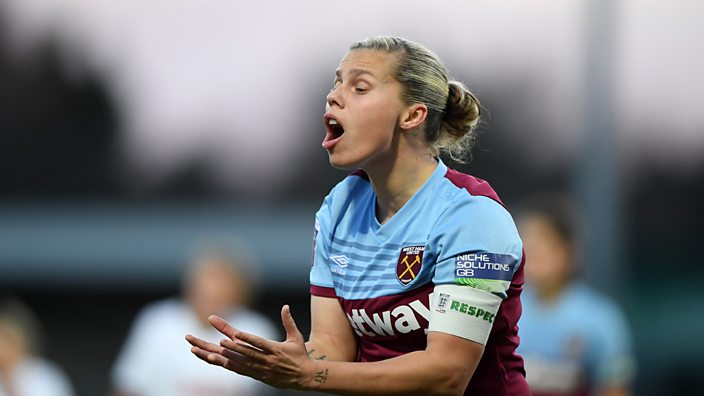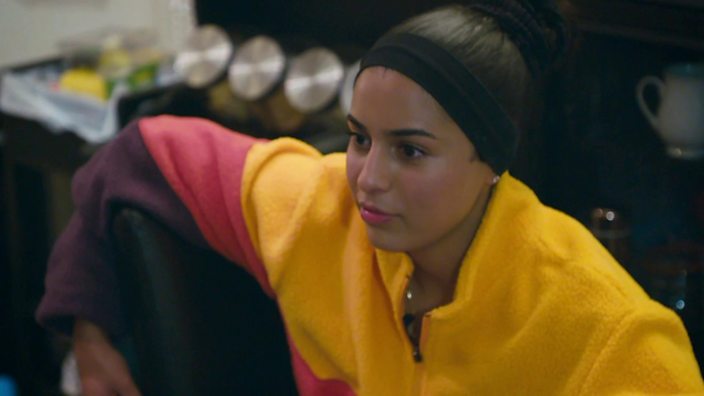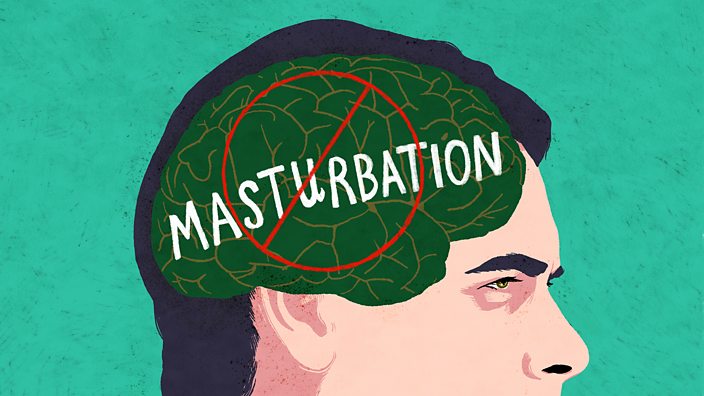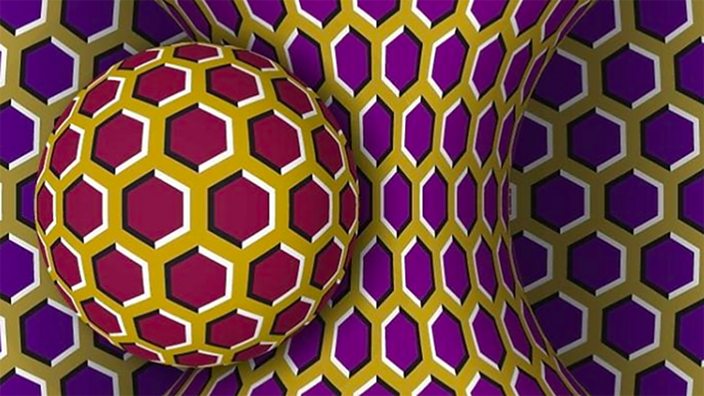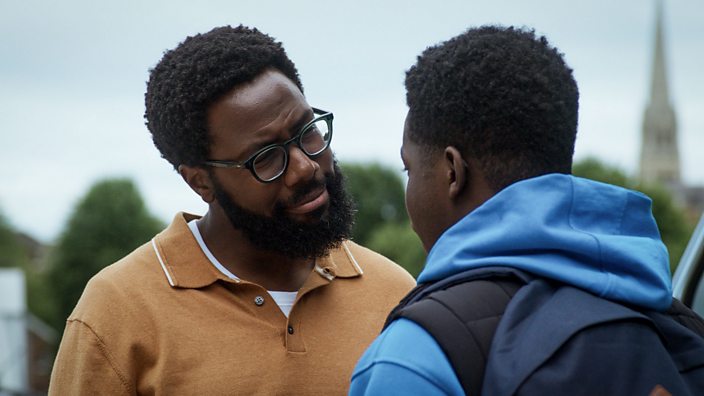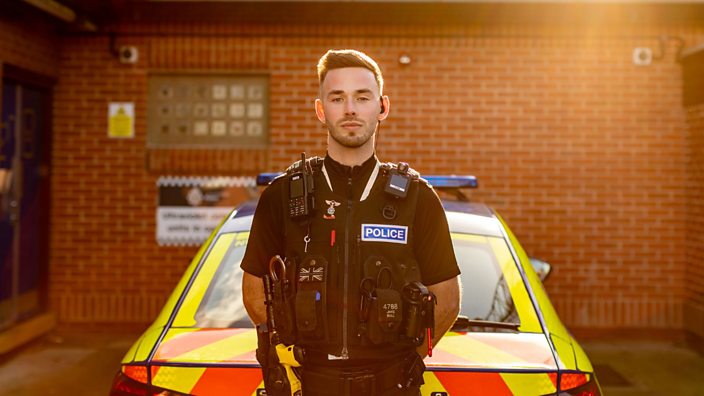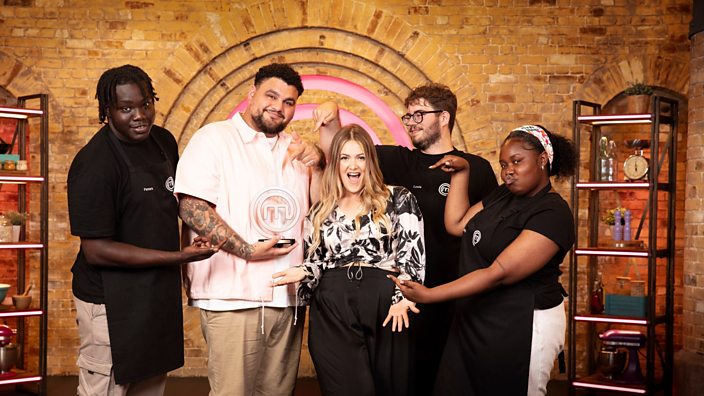Neal Heard loves football shirts.
His obsession is behind a London exhibition opening in July. We asked him to pick out his all-time favourites, but first: how did Heard get into the niche pleasures of shirt collecting?
It all started way back in 1990.
I travelled to the World Cup in Italy and swapped shirts with fans from all over the world.
I love the shirts themselves for how they look – the colourways, the patterns, the style – but I also love the memories they hold.
From the great players who wore them, to the stories behind them, these bits of fabric have a lot of history.
So when BBC Three asked me to put together a list of the coolest football shirts of all time, it was a tough ask.
Well, I've given it a go and here are my 11 contenders for the crown of football's coolest shirt.
West Germany (1990)
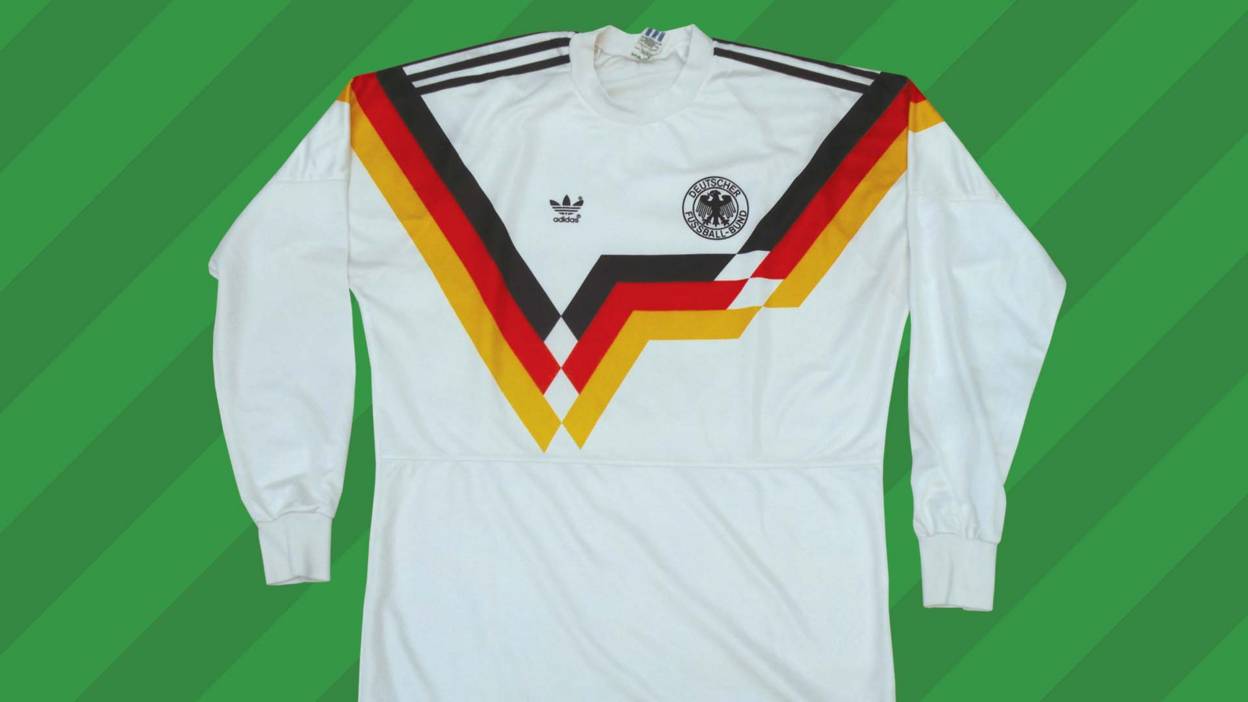 Neal Heard
Neal Heard
Always near most people’s top 10 shirts of all time.
This particular shirt makes it as it was in the epoch-breaking era of alternative and graphical-led shirt design.
Along with its stable-mate, the victorious Dutch jersey from Euro 88, the shirt's bold colours and patterns make it undeniably cool.
Boca Juniors (1983-84)
 Neal Heard
Neal Heard
Not only is this shirt one of the most iconic of all time - unique and instantly recognisable in its design - it’s also associated with Boca Juniors, where Diego Maradona made his name.
A beautiful blue and gold colourway, it was topped with the classic trefoil and starred Boca Juniors team badge too. It was an instant classic.
England (1990-92)
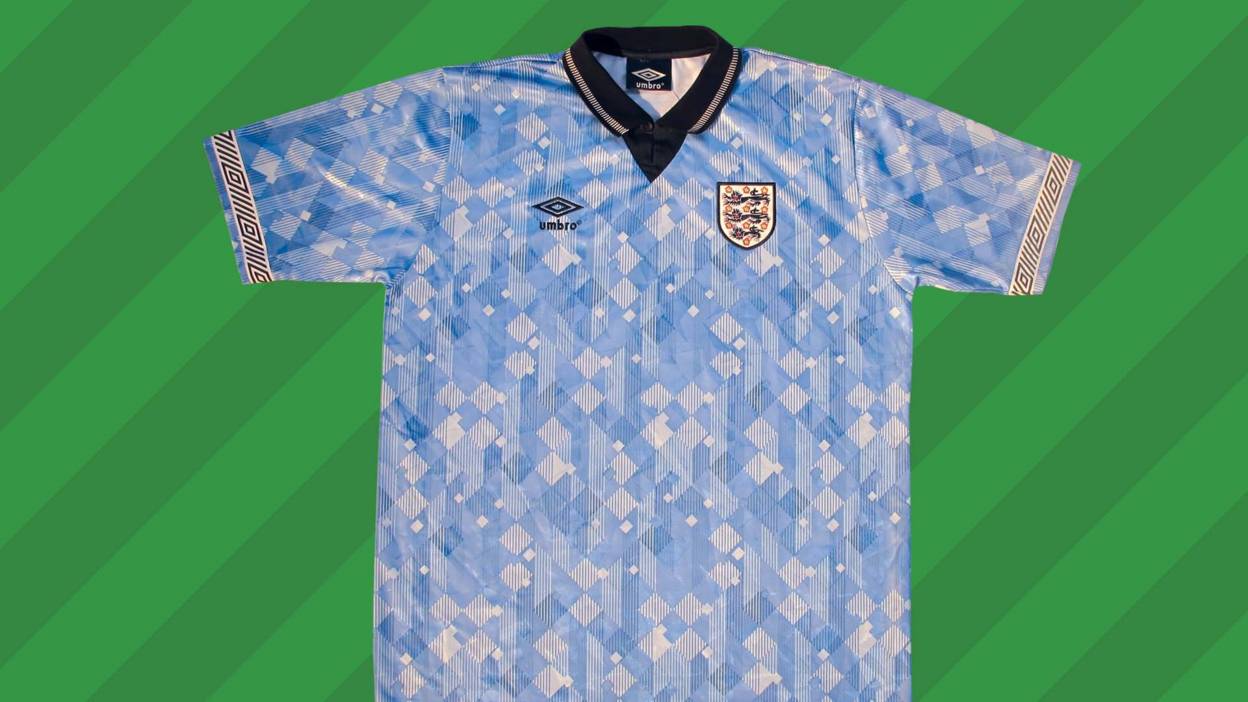 Neal Heard
Neal Heard
Perhaps the start of the fusion of football shirts. There had been World Cup songs before, but they had always been rubbish.
New Order’s song 'World in Motion' for Italia '90 was a game-changer.
Singer Bernard Sumner wearing the light blue England third strip – even in the mainly black-and-white video - was a seminal moment for both football and football shirts.
Combined with England reaching the semi-finals of Italia 90, it helped make football cool again.
St Etienne (1976)
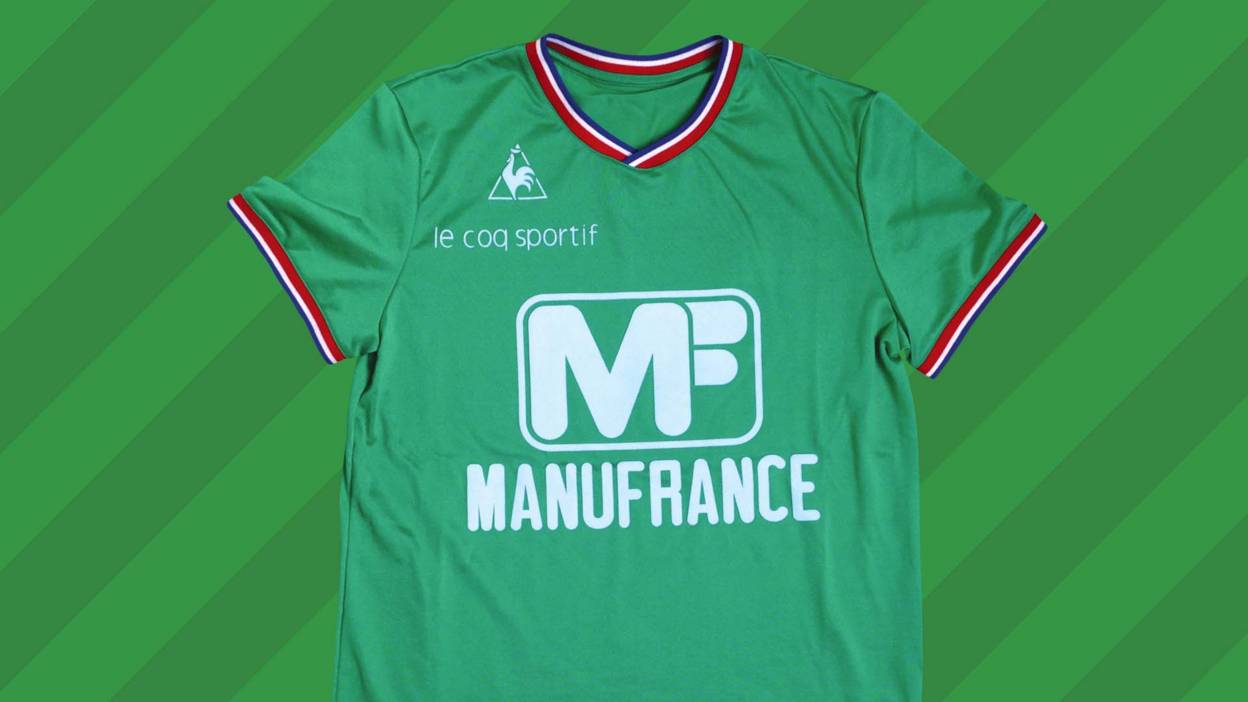 Neal Heard
Neal Heard
This shirt is a good representative of the over-sized branding found on French shirts of this day, and Le Coq Sportif were the first to visually brand their kit.
But this shirt was probably the first shirt worn as a fashion statement when Liverpool fans were seen sporting it at nightclubs after the famous St Etienne-Liverpool European Cup tie in 1977.
A trendsetter indeed.
USSR (1970)
 Neal Heard
Neal Heard
The epitome of lo-fi simplicity.
The ultra one-tone colour block, the use of a small logo.
The simple and iconic CCCP lettering (Russian for USSR) left a deep mark design-wise.
Sampdoria (1991)
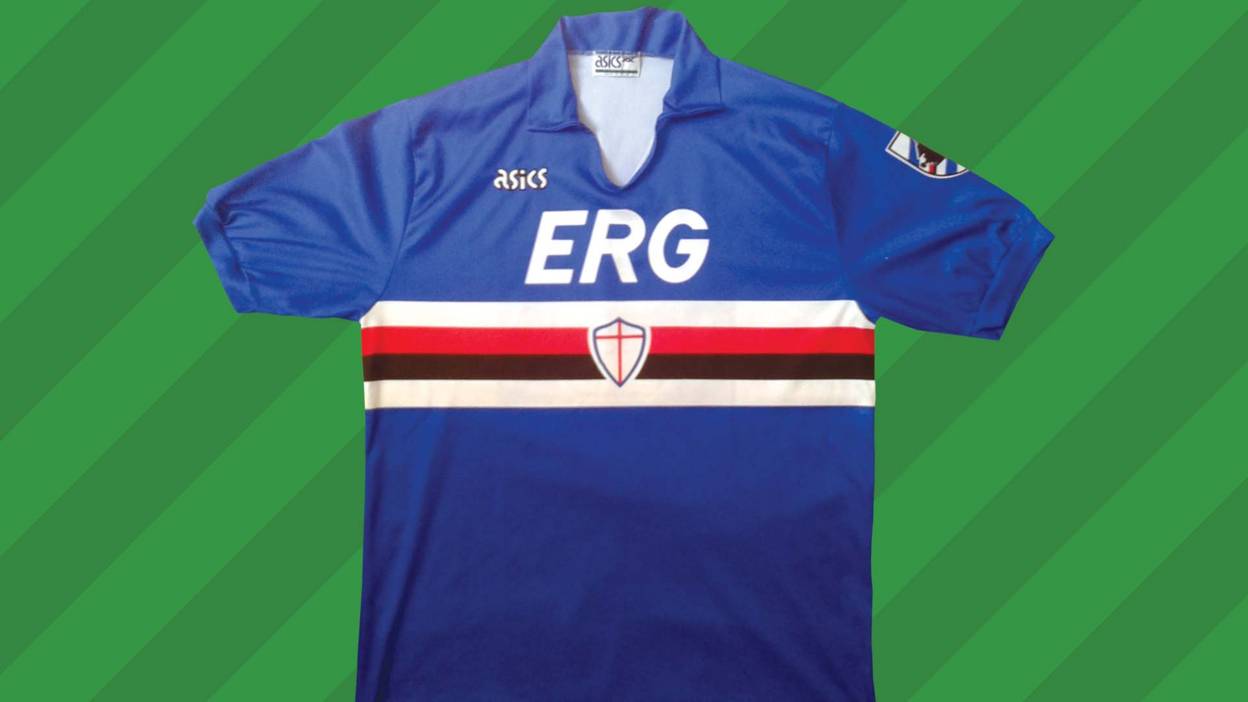 Neal Heard
Neal Heard
Blue shirts aren’t rare, but those iconic chest bands are.
Arguably, the best-looking shirt of them all. The colourway and design of Sampdoria always works.
Plus, the off-beat positioning of the sponsor’s logo (high on the chest) and club crest (on the sleeve) just seem to enhance it.
Netherlands (1976)
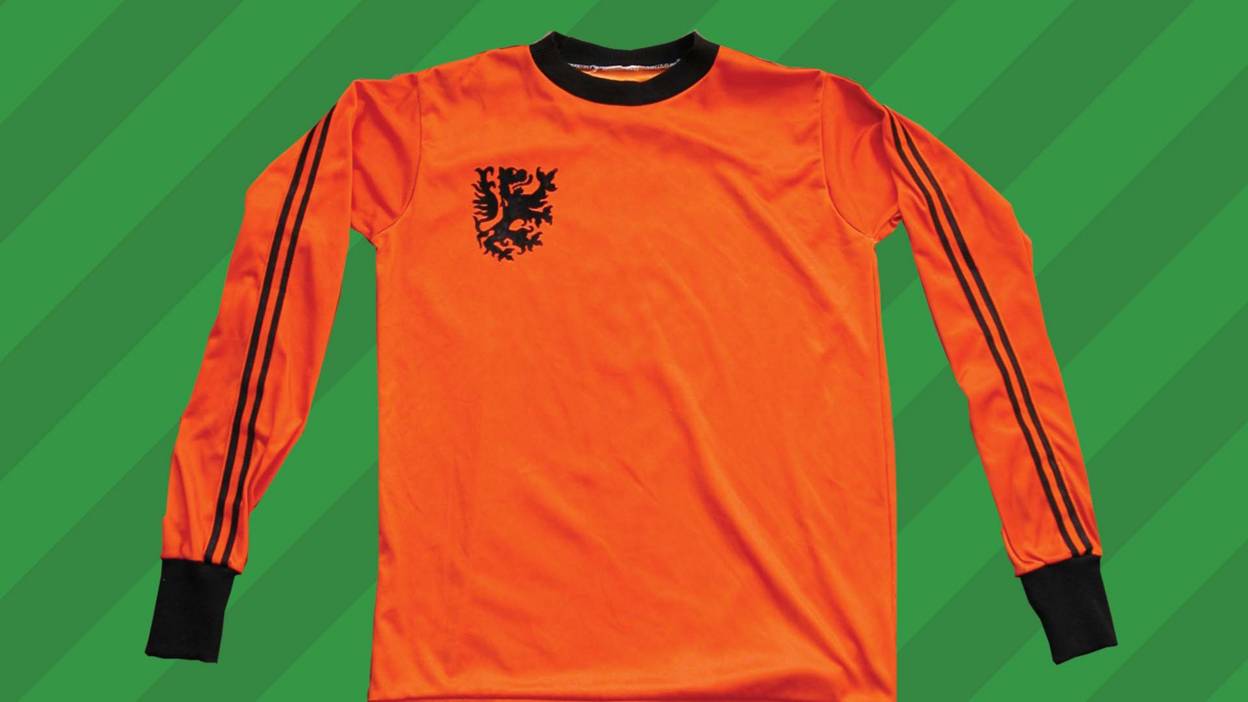 Neal Heard
Neal Heard
This could never happen now. A player having the strength of conviction to make a stand and the brand playing ball.
Johan Cruyff - the Netherlands’ star player - was endorsed by Puma, and refused to play in the Adidas kit of the Dutch national team.
To compromise, he was allowed to literally tear a strip off the sleeve and played in two stripes, not three.
There was no player cooler than Cruyff.
Corinthians (1982-83)
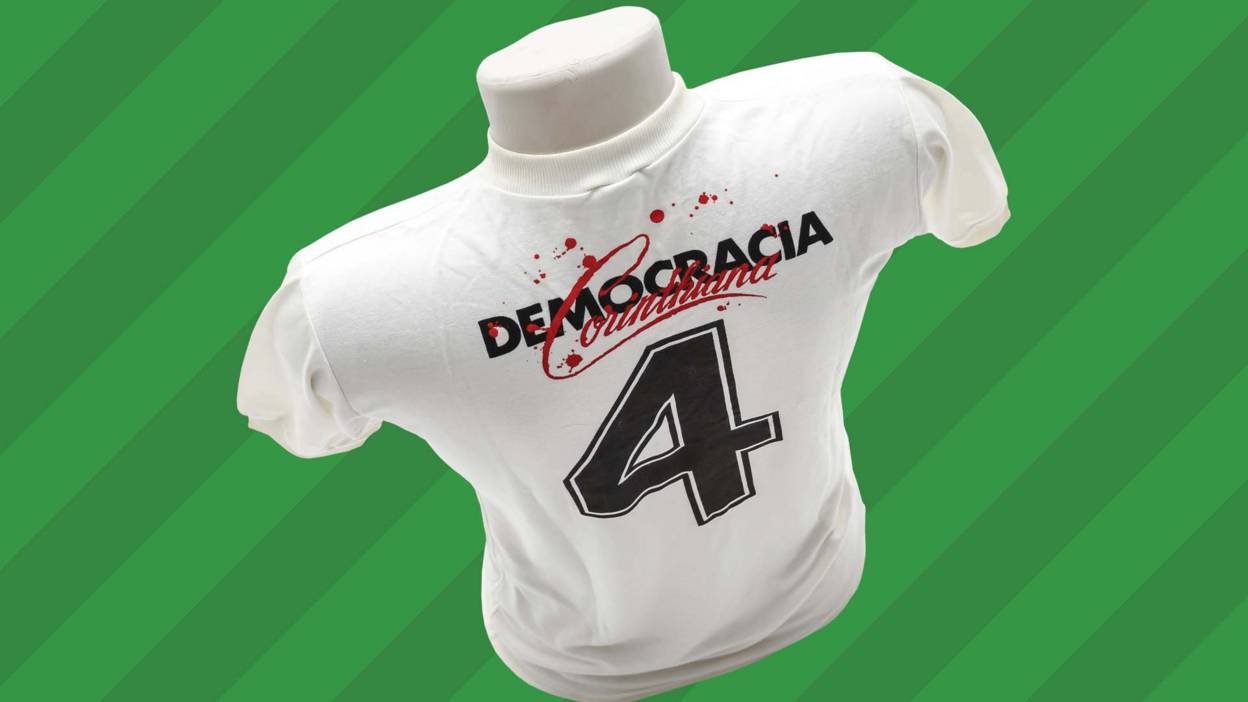 Neal Heard
Neal Heard
It’s not too often that politics and football shirts mix, but they did when Brazilian player Socrates organised his club team-mates into a political force.
Brazil was under a military dictatorship at the time, and Socrates – captain of the Brazil national team – tapped into the public’s desire for democracy.
He established Democracia Corinthiana (Corinthian Democracy), which was more than just a slogan on the shirt.
It guided the way the club was run and, in turn, encouraged the masses to demand democracy too.
Manchester United (1993-95)
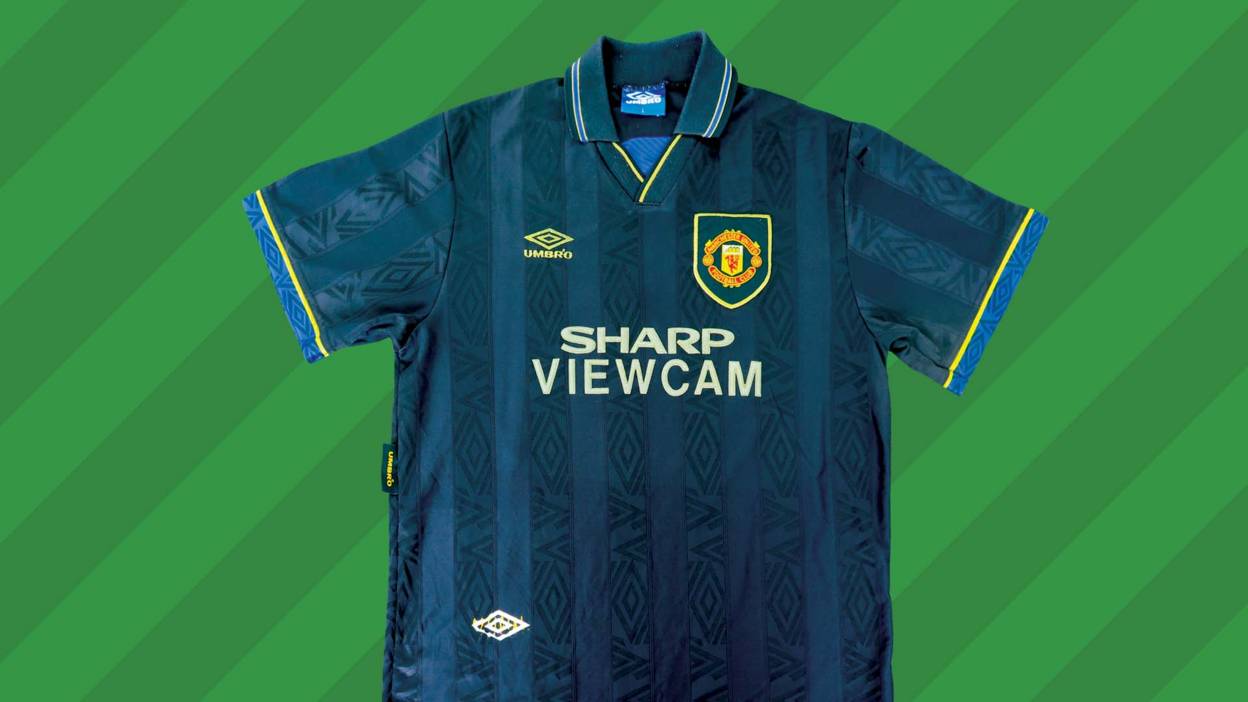 Neal Heard
Neal Heard
Manchester United were the first team to use an all-black strip after the Premier League changed the old ‘referees only’ rule for black shirts.
This one also has the added lustre of the shirt being worn by the king of cool, French striker Eric Cantona.
Its status was secured, when Cantona wore it during one of English football most infamous moments - leaping from the pitch into the stands to karate kick a Crystal Palace fan.
Fiorentina (1996-98)
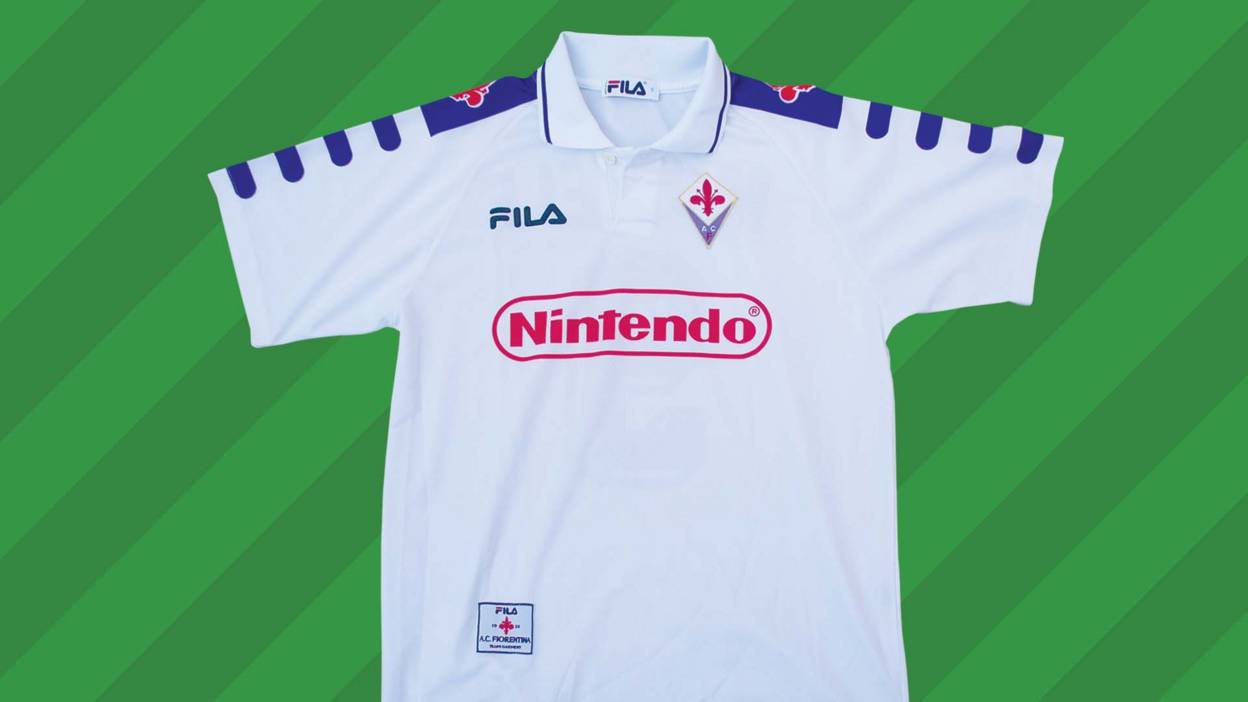 Neal Heard
Neal Heard
Sometimes a sponsor makes a shirt, and that's why this Fiorentina edition is one of the most sought-after kits of all time.
This is the away white version of the famous 'viola' worn by stars Gabriel Batistuta and Rui Costa during the height of Italian football's popularity.
The presence of the logo of Super Mario's creators on the front takes it to another level.
It's peak 1990s.
Greenbank Under-10s (2006)
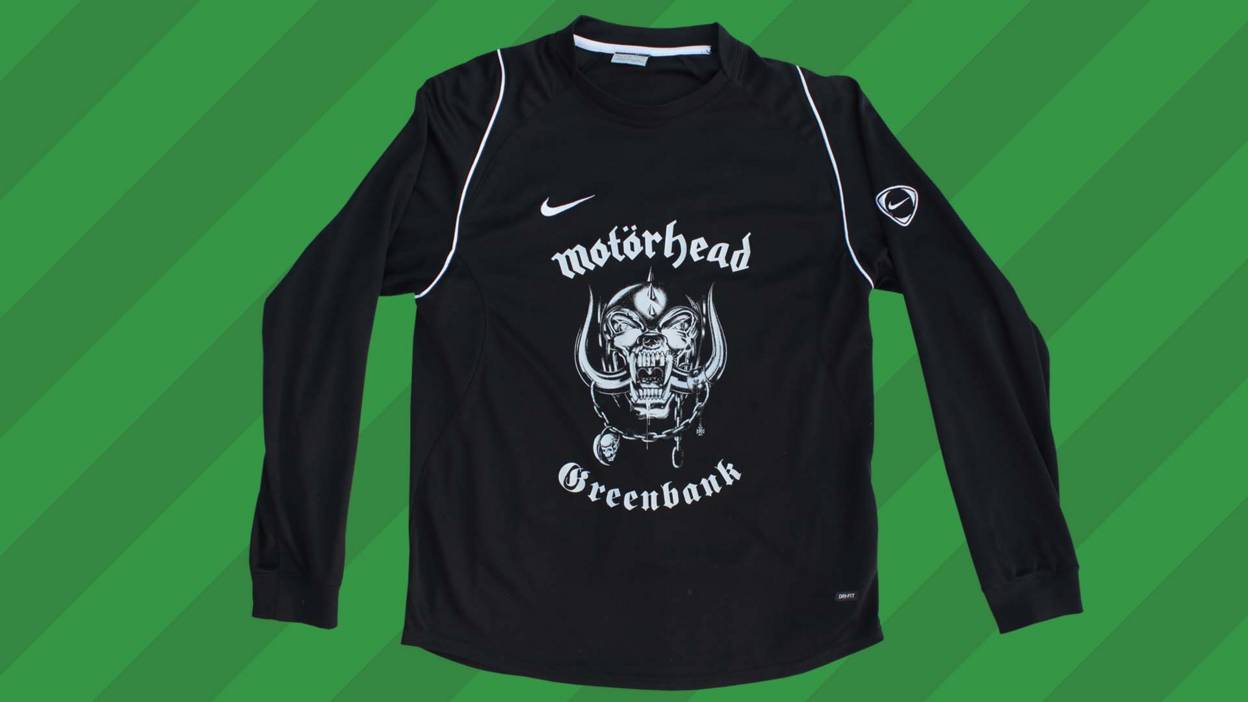 Neal Heard
Neal Heard
Amazing but true. This collaboration is an official sponsorship union.
However, rather than some huge club being paid millions to promote a giant multi-national corporation, a kids team from Lincoln were allowed to wear the ‘snaggletooth skull logo’ of metal band Motorhead on their shirts.
Greenbank Under-10s B-team also ran out on to the pitch to the band's most famous song, 'Ace of Spades'.


